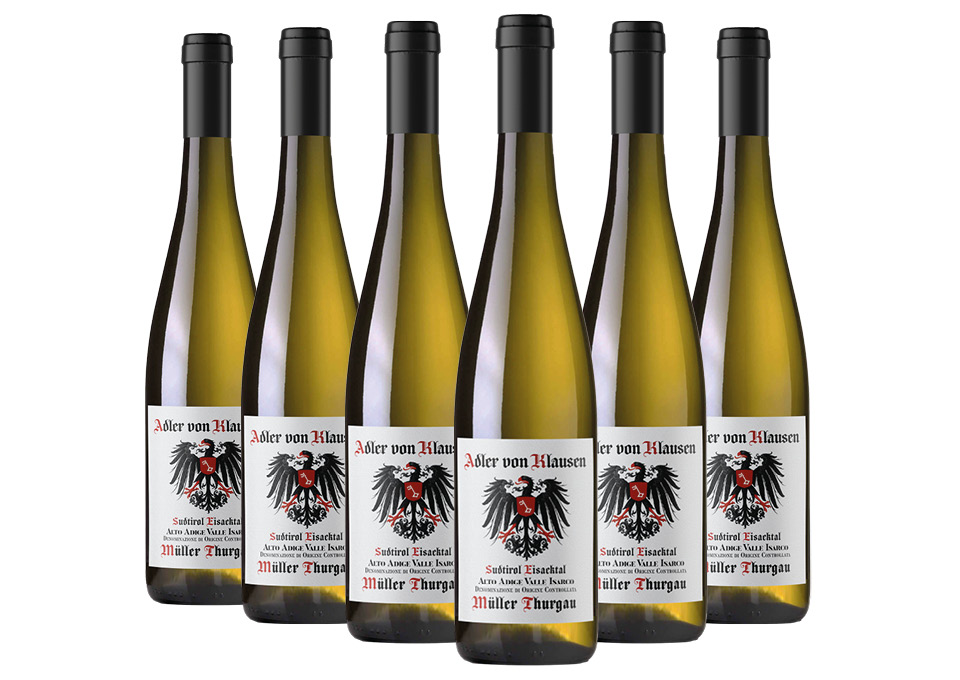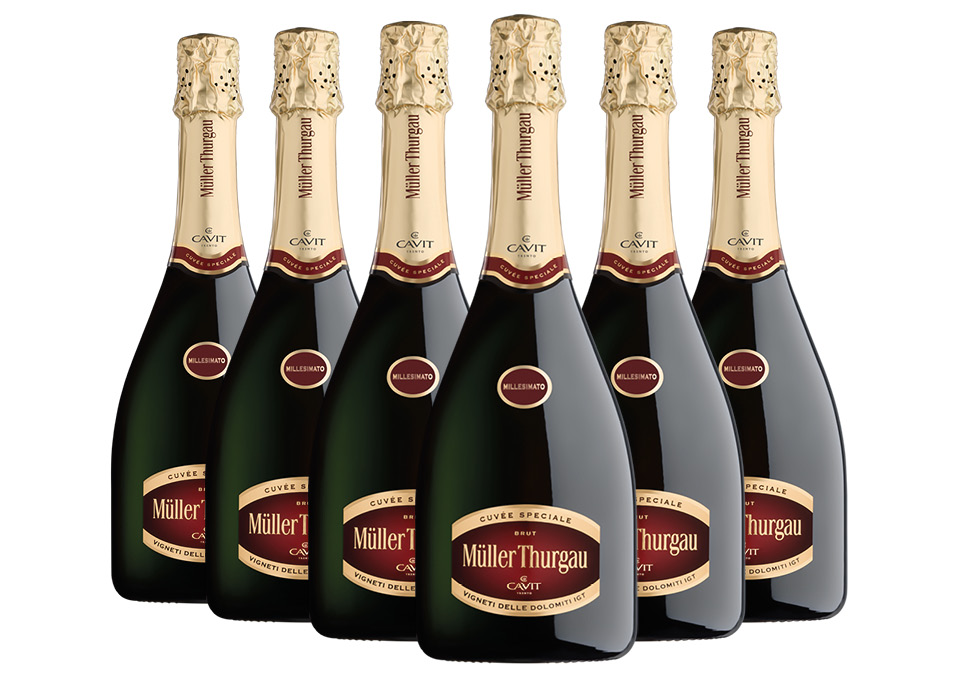Müller Thurgau
Müller-thurgau is a recently introduced grape variety. It was born at the end of the 19th century thanks to the Swiss researcher Hermann Müller, a native of Thurgau, who among the various experiments to create new varieties, crossed the Rhine riesling with the madeleine royale and not with the sylvaner as had been believed for a long time. The new grape has had some success and is now grown mainly in Germany, Austria and Hungary. In Italy it is present in Trentino-Alto Adige, Friuli-Venezia Giulia and Veneto. It loves a cool climate and can be grown up to an altitude of 800/900 meters above sea level.
It is a semi-aromatic grape that produces straw-yellow colored wines. On the nose it expresses floral and fruity aromas of good intensity. The sip is harmonious and balanced, with good fruit richness but rather lacking acidity. Despite some commercial success, it has not maintained the noble characteristics of its riesling parent.


















